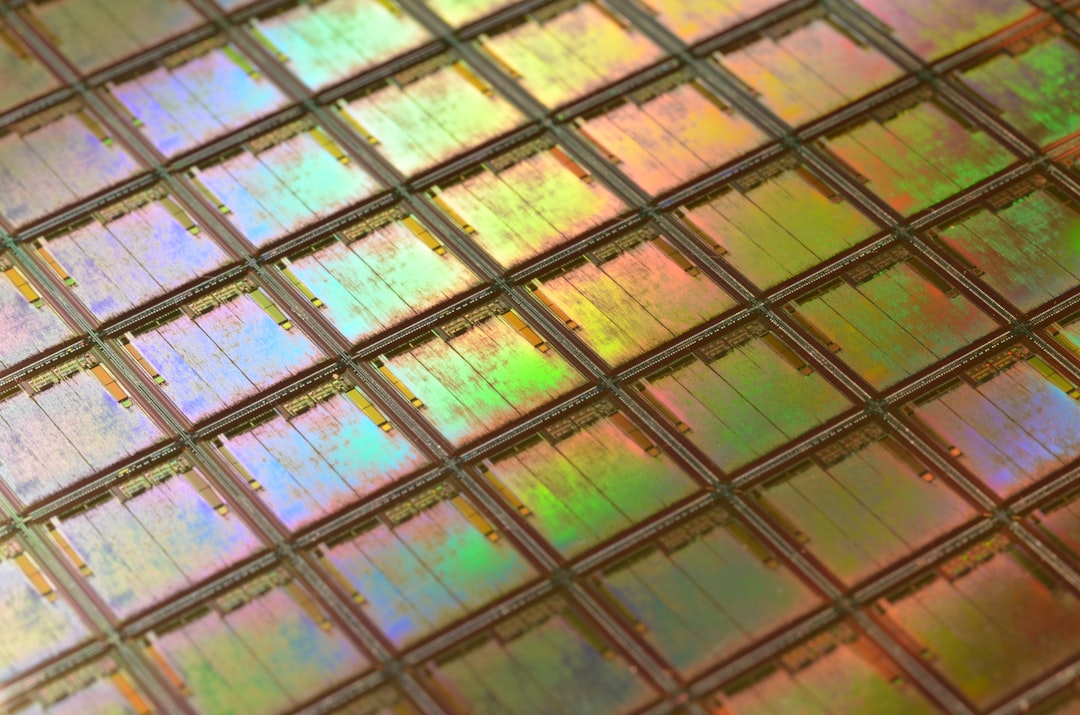Solar Masterclass - Part 3
Solar Power Reliability, Durability, Flexibility, and Resource Availability
Contents
Introduction
Reliability of Solar
Durability of Solar
Flexibility of Solar
Resource Availability of Solar
Concluding Remarks
Bitesize Edition
When we consider clean electricity production methods, solar will be one of the first to pop into your head. It's only reliable when the sun is shining, but that still makes it a reliable aspect of the clean energy transition. To maximize the life of a solar panel, it’s important to use high-quality parts, such as good batteries and inverters.
Considering durability and the percentage of solar panels that fail is debated, with some as low as 0.05%, and others estimating 0.18% of solar panels failing every year.
Solar panels can also be built in a variety of locations, including on residential buildings, on rural land, and in some circumstances, in more urban settings. More on this next week!
Finally, it’s important that we can source the raw materials required for the construction of our solar panels. Silicon is used in 95% of solar panels, and access to materials used in more innovative solar panels we discussed in part 1 is difficult to come by. It's of vital importance that countries wishing to clean up their environments secure their supply of silicon. Currently, that means interacting with China, Russia, or some other smaller players. This will have geopolitical implications. Continue reading to find out more below.
Introduction
In the penultimate section of my solar masterclass, we’ll cover the reliability, durability, flexibility, and resource availability of solar power and related concepts.
Reliability - Regarding clean electricity production resources, solar is one of the most reliable. An addendum is that the panel only produces electricity when in direct contact with sunlight, so again considering the environment in which to utilize solar panels is important. To increase reliability, it’s important to use high-quality parts. Using good charge controllers, batteries, and inverters can ensure you continue to receive electricity from your solar panels for as long as possible. As we’ve discussed before, batteries vary in chemical components and efficiency, and so their reliability at storing excess electricity differs. The inverters are a point of weakness. An inverter converts direct current into alternating current for personal use. While solar panels last 20+ years, the mean time between failure of an inverter is 1.65 years according to research by Cheng, Tang, and Yu. Research has been done on individual parts of a solar panel using a variety of mathematical methods, including Monte Carlo and Markov Models.
Keep reading with a 7-day free trial
Subscribe to Geopolitics Explained to keep reading this post and get 7 days of free access to the full post archives.



